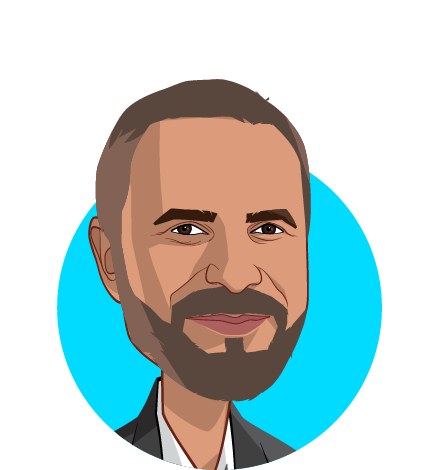Monday, Jun 26, 2023
Stop the Bandage Fixes! We Can Solve the Clinician Shortage Now

Tej Shah, MDManaging Director and Care Reinvention Lead, Accenture

If you work in healthcare, you know we face a crisis unlike any other. The clinician shortage is getting worse by the day. Demand is rising as large numbers of people age and we don’t have enough clinician supply to keep up. By 2030, the world will face a shortfall of 10 million healthcare workers worldwide.
The remaining clinical workers shouldering the burden of care face intense emotional distress and burnout. Some are choosing to leave the profession because of it. A recent survey showed that more than 50% of clinicians globally have considered leaving their profession in the past three months due to chronic stress.
Healthcare leaders are turning to quick-fix solutions such as contract staff, flexible work schedules and telemedicine. But these tactics don’t create the capacity healthcare organizations need to give patients the access to care they need. Healthcare organizations have had to do the opposite—limit access—by shutting down units, reducing hours and cutting clinical programs.
What we are doing isn’t working. Solving the clinician shortage calls for a reinvention. Health systems need to rethink clinical work.
The harmony of humans and technology
Many clinical tasks today require substantial effort, but they don’t take full advantage of clinicians’ unique skills. Nurses spend 32% of their time on documentation and only 21% on direct patient care. If we intelligently deploy technology, we can allow clinicians to do the work only they are trained to do. Clinicians are already taking advantage of solutions such as ambient listening, virtual care and AI-powered supply-demand matching.
For example, Nuance DAX, an AI-powered, voice-enabled ambient listening solution, can automatically document patient encounters at the point of care. This reduces the amount of time clinicians spend on documentation. WellSpan’s primary care doctors that use DAX see an average of nine more patients each month.
We are also seeing a rise in technology solutions that are helping serve the growing number of people in need of mental health services. BehaVR delivers behavioral healthcare through personalized, dynamic experiences. Care is adapted in real time based on patient biometrics and machine learning models. This access to care comes at a critical time as 78% of North American psychiatrists self-reported some degree of burnout.
Three steps to begin the healing
Reinventing care delivery with a human + technology mindset at the heart can transform clinical work making it not just more efficient, but also a better experience for healthcare workers. However, for adoption of new models to be successful, a strong technology foundation should be in place, clinicians must be involved in the process and data should inform decisions.
These recommendations are based on our work with healthcare organizations globally that are all trying to solve the clinician shortage challenge:
- Start from a strong technology foundation. Create the backbone on which to build digital and AI solutions. When adopting digital solutions, ensure they work together – this will avoid a major frustration point for clinicians. Our survey with HIMSS found that 61% of clinicians cited a lack of interoperability as a key barrier to digital tool adoption. Healthcare staff will also need skills training to get the most out of new technologies like generative AI.
- Establish clear ownership and involve clinicians from the start. Consider how technology will integrate into the clinician workflow and affect the clinician’s role. Ask them. It’s important to engage clinicians from the start, so they are part of creating change rather than it being forced upon them. It also is essential to have a clear owner across the organization to drive the change and coordinate across key stakeholders.
- Use the power of data. Use operational and population health data to identify solutions that will make the biggest difference. Health systems that use analytics to improve their operations, streamline processes and identify opportunities to change their organizational model will realize the most value and better thwart potential disruptors.
Healthcare technology solutions have the power to help clinicians to do their most important work: Deliver the access, experience and outcomes that patients deserve.
Learn more about how health systems can reinvent care by maximizing the power of humans and technology.
You May Also Enjoy

Tuesday, Jun 11, 2024
Harnessing Generative AI for a Value-Based Revolution


Rick Goddard
Jean-Claude Saghbini

Thursday, Jun 2, 2022
Techquity: Using technology and data insights to deliver more equitable patient care
Nasim Afsar, MD, MBA

Thursday, Mar 2, 2023
Patient Over Profit: How Healthcare Providers Can Collaborate Better to Improve Care

John Frownfelter, MD, FACP